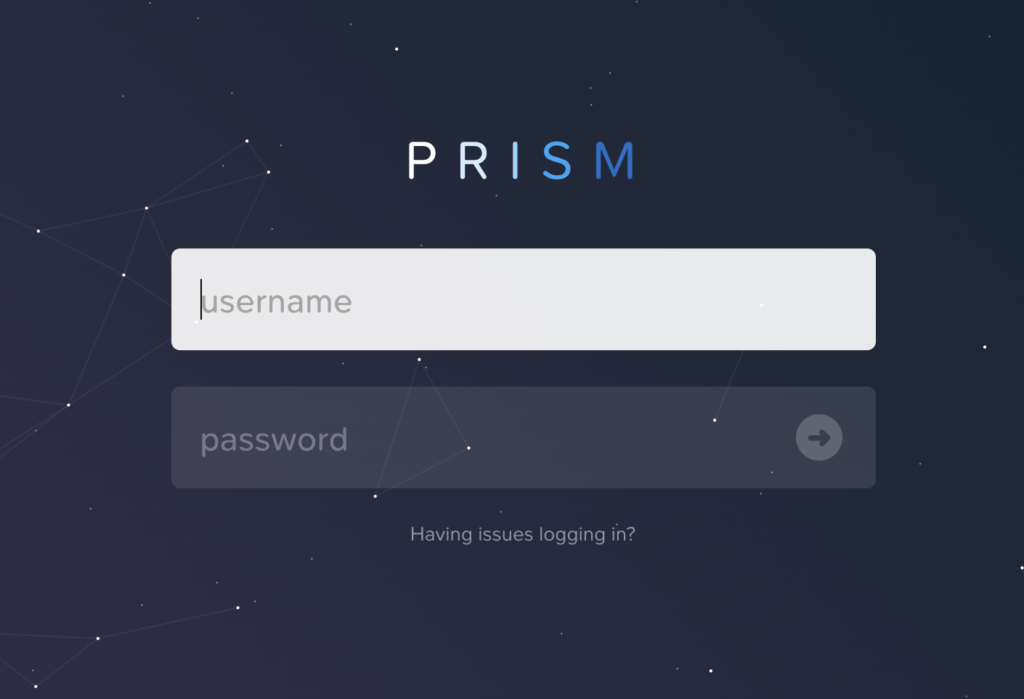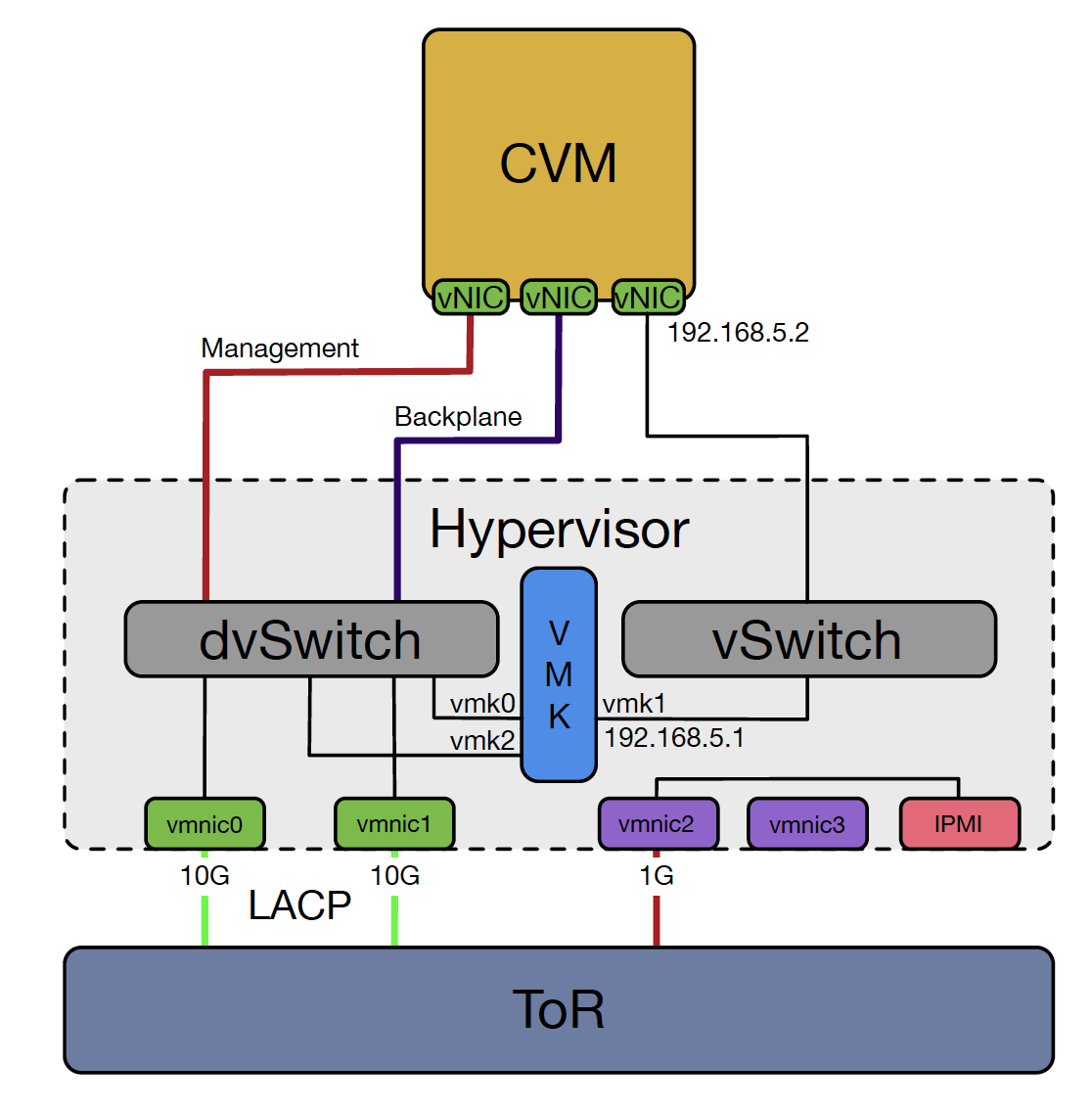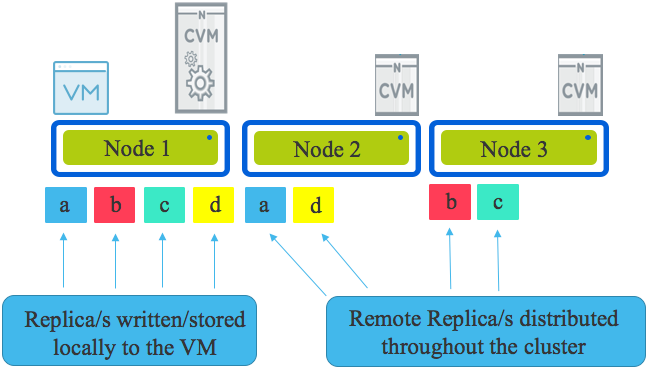
In the Assign Credentials dialog box, you can either:


Provide credentials on the Polling & Credentials tab.Ĭlick Next to test credentials and advance to the Metrics tab. Select Nutanix Cluster and then click Next. The Add a Virtual Object for Monitoring page appears. On the Add Node page, enter the IP Address:įor the Polling Method, select VMware, Hyper-V or Nutanix entities, and then click Next. If you add a vCenter/ESX host after adding the Nutanix cluster, restart the SolarWinds Information Service (SWIS), SolarWinds Cortex, and SolarWinds Orion Module Engine services with the Orion Service Manager.Ĭlick Settings > All Settings, and then click Add Node. SolarWinds recommends adding vCenters and ESX hosts before adding the associated Nutanix cluster. Providing CVM credentials for the cluster.Adding vCenters and ESX hosts with the Add Node Wizard.Step 36: Now, you are then into PRISM, controlling your single KVM host.This Orion Platform topic applies only to the following products:Ĭonfiguring Hardware Health monitoring for Nutanix clusters involves: Step 34: Login with your NEXT Account credentials Step 32- Navigate to your CVM via IP address provided in step 30. Step 30: Assign Static IPs for the KVM Host & CVM and mark the checkbox “Create single-node cluster” Step 27: When booted, follow the instructions and type install at the login. Step 26.3: Save and start the installation Step 26.2: Edit /home/install/phx_iso/phoenix/sysUtil.py Step 26.1: Login as ‘root’ (password ‘nutanix/4u’) Step 18 – Modify the VM Settings again to add the Hard Disks and the Virtualization Engine. Select the image/disk descriptor file created in the above section. Step 4– Open VMware Workstation, File –> New Virtual Machine –> Select Custom and click Next.

Step 3– Download the disk descriptor file from here , rename it to ce.vmdk Step 2– Rename the ce-2019.02.11-stable.img to ce-flat.vmdk I really got benefit from an article written by Joep Piscaer to build it up. In this post series, we will install and configure Nutanix CE on VMware Workstation 15. I’m deploying it on my machine using the VMware Workstation 15. Optional: Modify the Pre-Requisite Checks for the installer, depending on your hardware.


 0 kommentar(er)
0 kommentar(er)
